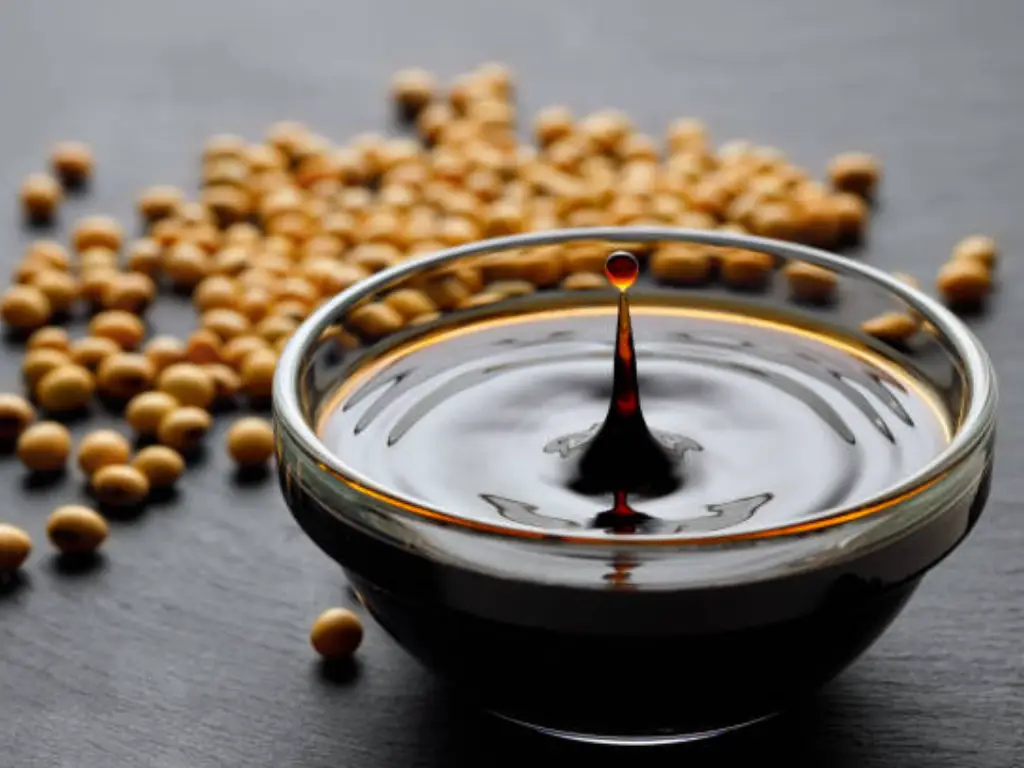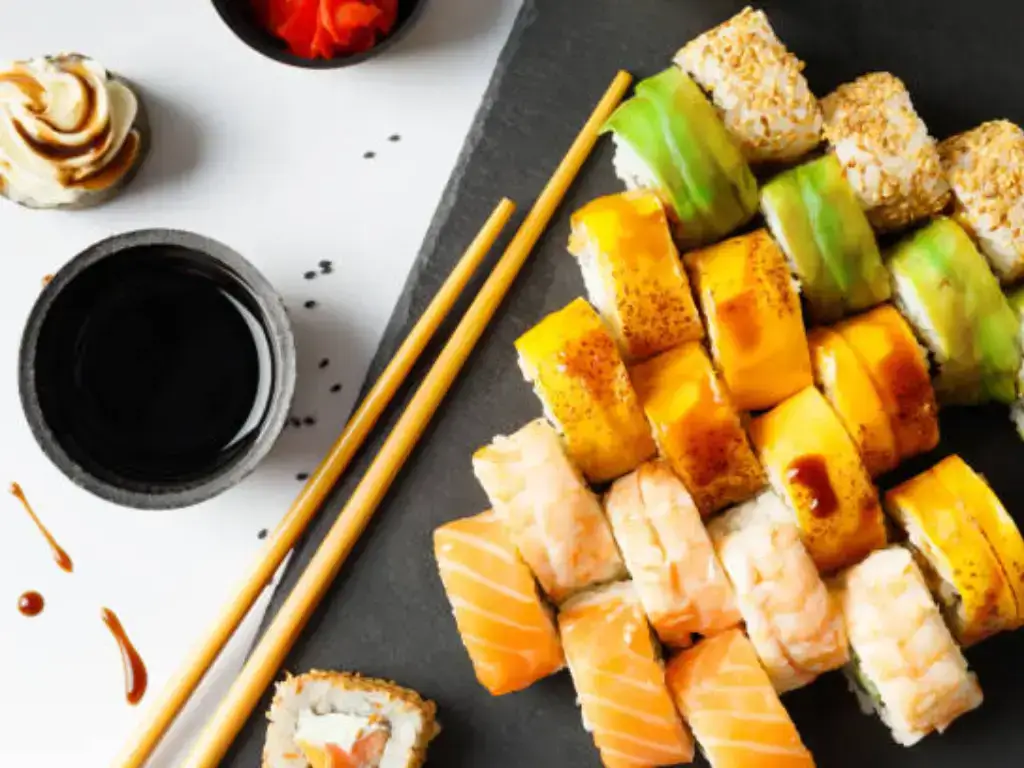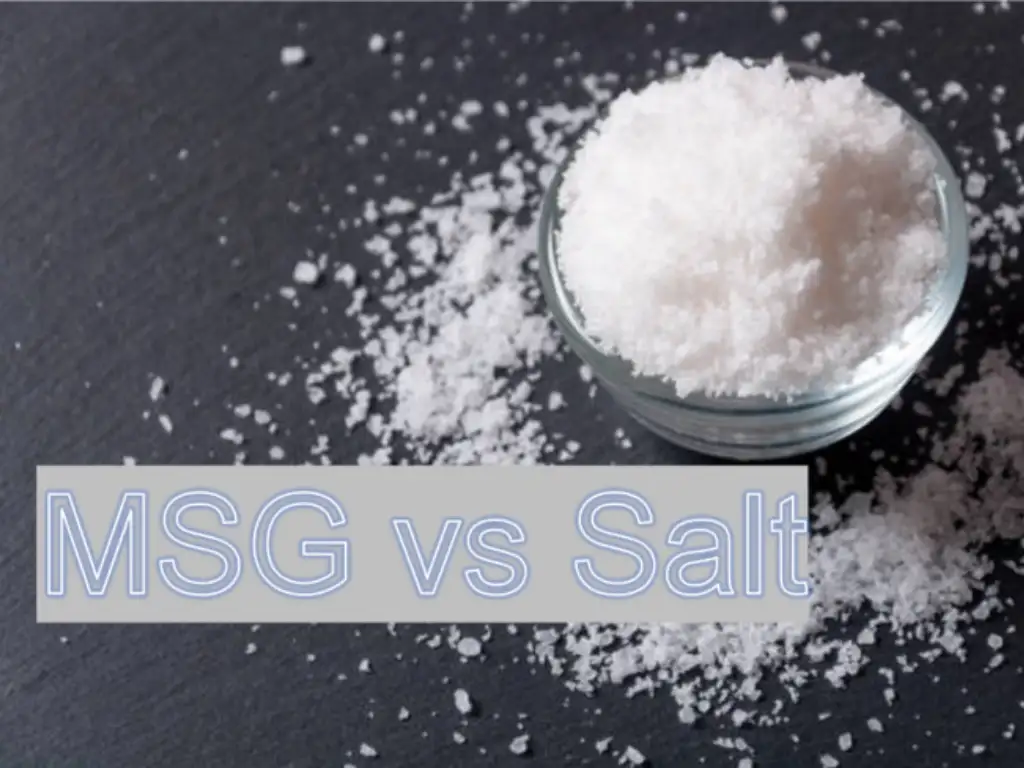- From Field to Flavor: How Are Spices Made - February 18, 2024
- Preserving Flavor: Do Seasonings Expire? - February 18, 2024
- Health Trends Impacting the Spices and Seasonings Market - February 18, 2024
In the culinary sanctuaries of Japanese households, soy sauce transcends its mere role as a seasoning agent; it epitomizes the harmonious fusion of ancestral culinary practices with contemporary gastronomic innovations. This quintessential condiment embodies a profound cultural legacy and resonates with deep-seated familial sentiments. Whether it is meticulously integrated into the venerable preparation of traditional miso soup or ingeniously applied to the artistry of contemporary sushi creations, soy sauce invariably imparts an unparalleled depth of flavor and a captivating bouquet, thus bestowing a unique identity upon each culinary masterpiece. Soy sauce is not merely an ingredient; it represents an essential essence of Japanese home cuisine, forging a gastronomic bridge across generations and encapsulating the essence of tasting memories.
What is Japanese Soy Sauce?


Japanese Soy Sauce, or “Shoyu” in its native lexicon(a more formal way in Japanese is O-Shoyu), stands as a quintessential component in the culinary artistry of Japan, distinguished by its robust, umami-rich flavor and its profound, dark-brown hue. It transcends the bounds of mere seasoning to become a cultural emblem, deeply rooted in the gastronomic heritage of Japan, commonly used in dishes such as sushi, fried rice, stir-frys, and ramen.
Ingredients and Production Process
Soy beans: At the heart of this condiment, soybeans undergo a meticulous process of soaking, steaming, and then integration with roasted wheat. The wheat imparts a nuanced sweetness and plays a pivotal role in the fermentation process, thereby enriching the soy sauce’s complexity.
Wheat: The soybeans and wheat are harmoniously blended in a near-equal ratio, typically 50:50. The wheat, upon being roasted and crushed, is integral to the development of the sauce’s unique flavor profile and aromatic allure.
Salt and Water: A saline solution is judiciously added to the soybean and wheat amalgam. This brine acts as a safeguard against undesirable microbial activity while facilitating the fermentation process.
Koji Mold (Aspergillus oryzae): This mold, pivotal in the fermentation of the soybean-wheat-koji mixture amalgam, catalyzes the breakdown of proteins and carbohydrates into a melange of amino acids, sugars, and other compounds that are instrumental in forming the sauce’s distinct flavor palette.
Fermentation: The concoction is left to undergo transformative fermentation, spanning from several months to years. This period allows for the emergence of intricate flavor compounds and the maturation of the sauce.
Historical Background
The historical tapestry of “Shoyu” weaves back over 2,500 years to its inception in ancient China, and its subsequent introduction to Japan in the 7th century by Buddhist monks. Adapting the original Chinese recipe to the Japanese palate, local artisans birthed the distinct “shoyu.” Over the centuries, regional variations emerged in Japan, each characterized by unique ingredient selections, fermentation techniques, and flavor nuances. Traditionally, the crafting of soy sauce was the domain of skilled artisans employing time-honored methodologies. However, the onset of industrialization heralded an era of mass production, expanding accessibility and harmonizing flavor standards. Soy sauce in Japan transcends its culinary role, intertwining with cultural practices, including its ceremonial use in Shinto rituals. Thus, Japanese soy sauce represents not just an essential element in the nation’s gastronomy but is a fundamental facet of its cultural identity.
Differences Among Soy Sauce, Shoyu and Tamari


Soy sauce, shoyu, and tamari, each a quintessential Asian condiment derived primarily from soybeans, exhibit distinct and nuanced characteristics. Traditional soy sauce, with its origins deeply rooted in Chinese culinary history, undergoes a meticulous fermentation process utilizing a blend of soybeans, wheat, water, and salt. This method imparts a robust, umami-rich flavor profile with a notably thin viscosity. Shoyu, the Japanese counterpart to soy sauce, mirrors the fundamental composition yet distinguishes itself through a more harmonious flavor palette, characterized by a subtle sweetness and a reduced saline intensity, achieving a sophisticated gustatory balance. Tamari, notable for its minimal or absent wheat content, emerges as an exemplary choice for individuals adhering to a gluten-free diet. As a derivative of miso paste fermentation, tamari offers a more profound, less piquant taste profile, making it an esteemed choice for enhancing the depth of dipping sauces and culinary creations. These three sauces, while sharing a soy-based foundation, each articulate their unique identity through their specific ingredient proportions, intricate production methodologies, and regional culinary heritage, thereby crafting distinct flavor profiles and specialized culinary applications.
| Feature | Soy Sauce | Shoyu | Tamari |
| Main Ingredients | Soybeans, wheat, water, salt | Soybeans, wheat (different ratio), water, salt | Mostly soybeans, little or no wheat |
| Taste Profile | Salty, for cooking and color enhancement | Balanced salty-sweet, for soups, dips, seasoning | Rich, less salty, for dips and flavor depth |
| Common Uses | Cooking base seasoning | Flavor enhancement, dipping | Dipping, flavor intensifying |
| Nutritional Aspect | Contains gluten | Contains gluten, different microbe content | Usually gluten-free, fewer additives |
What are Different Types of Soy Sauce in Japan?
Japanese soy sauce, known as “shoyu,” comes in several distinct types, each with unique characteristics and culinary uses. Here’s an overview of the different types:
Koikuchi (Dark Soy Sauce)
Predominantly utilized in a myriad of sophisticated Japanese culinary preparations, Koikuchi shoyu reigns as the archetypal variant in the soy sauce pantheon. This exquisite condiment is meticulously crafted, synthesizing soybeans and wheat in near-equivalent proportions. This formulation bestows upon it an intricate interplay of a subtly saccharine essence and a pronounced saline character, making it an indispensable, versatile ingredient in the nuanced art of Japanese gastronomy.
Usukuchi (Light Soy Sauce)
Distinguished by its comparatively pallid complexion and a more accentuated saline intensity relative to Koikuchi, Usukuchi shoyu is strategically employed in culinary creations where the chef’s ambition is to preserve the dish’s authentic chromatic essence. Revered for its culinary versatility, particularly in Japan’s Kansai region, this soy sauce variant is a testament to the subtlety, precision, and ingenuity that underpin Japanese culinary artistry in cities like Osaka and Kyoto.
Tamari
This soy sauce type is renowned for its fuller, more robust flavor profile and a viscosity that surpasses that of Koikuchi. Predominantly constituted from soybeans with minimal or zero wheat inclusion, Tamari shoyu emerges as an impeccable choice for those navigating gluten sensitivities. Its opulent taste and denser consistency render it an ideal accompaniment for sashimi and as a dipping sauce, thereby elevating the epicurean experience to new heights.
Shiro (White Soy Sauce)
Shiro shoyu, with its exceptionally diaphanous hue, plays a pivotal role in dishes where the chef aspires to infuse umami whilst maintaining the cuisine’s visual allure. This variety is characterized by a more subdued and sweeter palate compared to Koikuchi, exemplifying the intricate balance and depth of flavors that are the hallmarks of Japanese culinary tradition.
Saishikomi (Twice-Brewed Soy Sauce)
Undergoing a distinctive double fermentation process, Saishikomi shoyu is imbued with a deeper, more intensified flavor profile. This makes it an exquisite choice for enhancing the gustatory pleasure of sushi and sashimi, offering a connoisseur’s experience that is both opulent and sophisticated.
Sashimi Soy Sauce
Exclusively crafted for sashimi, this soy sauce variant is formulated to exhibit a milder and sweeter flavor profile, meticulously designed to augment rather than eclipse the delicate and refined nuances of raw fish. This precision in flavor calibration underscores the meticulous, almost ritualistic approach to flavor pairing in Japanese gastronomy.
Soy Sauce’s Role in Japanese Cooking Techniques
As an Integral Component of Marinades
Utilized as a fundamental element in marinades, soy sauce meticulously infuses depth and a distinctive umami essence, adeptly preparing the ingredients to unveil their utmost flavor potential. This process not only tenderizes but also imbues the food with a rich, savory profile, essential for the culinary masterpiece.
In the Composition of Dipping Sauces


Within the realm of dipping sauces, soy sauce acts as a harmonizing agent, seamlessly blending with a plethora of ingredients to augment and elevate the overall gustatory experience. Its presence is not merely an addition but a transformative element that balances and enhances the intricate flavors present in these sauces.
For Glazing and Seasonal Flavor Enhancement
Employed as a glaze, soy sauce bestows a lustrous sheen and a profound depth of flavor, intricately contributing to both the aesthetic and taste dimensions of the dish. Conversely, when utilized as a seasoning, it subtly yet effectively amplifies the dish’s inherent flavors, ensuring that each ingredient’s natural essence is respectfully and tastefully accentuated.
Final Thoughts
The annual soy sauce production in Japan epitomizes its pivotal role in the nation’s culinary heritage. Annually, it is estimated that the country produces in excess of 1.2 million kiloliters of this condiment, a statistic that vividly illustrates its substantial impact on both domestic and global gastronomic landscapes.
This considerable output not only satisfies the ubiquitous domestic requirement, where soy sauce is an essential component in virtually every household and culinary establishment, but also addresses the escalating international demand. As soy sauce gains prominence in diverse global cuisines, it’s significant to learn about some famous soy sauce brands like Pearl River Bridge.
It is a quintessential ingredient in an array of traditional Japanese culinary creations, ranging from sushi and sashimi to teriyaki and tempura, imparting nuanced flavors and a distinctive umami essence. In comprehending this, one cultivates an enhanced appreciation for soy sauce, transcending its mere functional role as a cooking ingredient to recognizing it as an emblem of Japan’s commitment to the artistry of flavor, the preservation of tradition, and the pursuit of culinary distinction.






